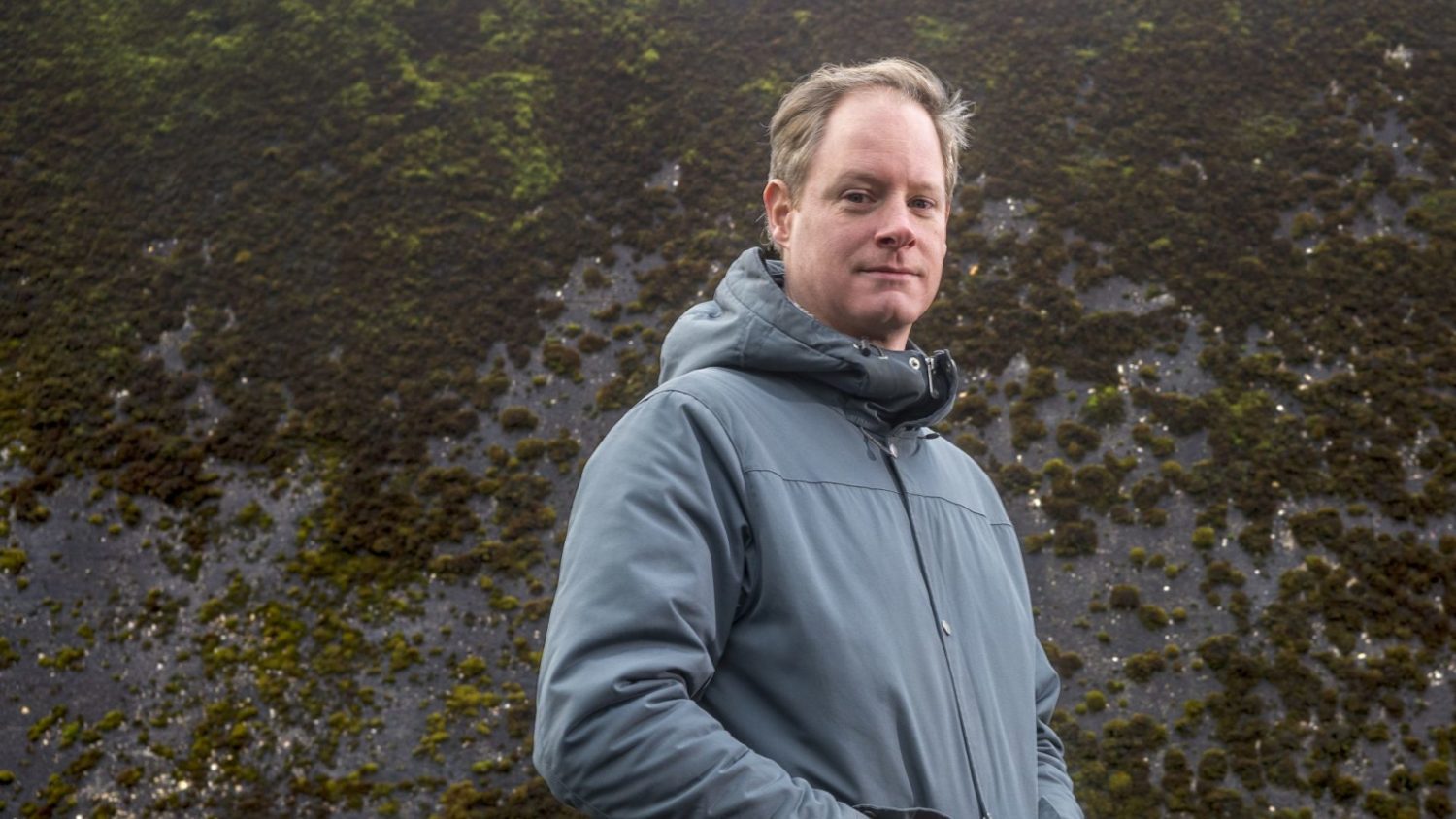Australia
After high school, Wijnand initially chose to study Mining Engineering at TU Delft. Soon after the first fieldwork, however, he decided to switch to Geology in Utrecht. He obtained his bachelor's degree and won a summer internship at a mining company. He liked that so much that Wijnand preferred to stay. But, the company found, for that, just a bachelor's degree is not enough. 'They then recommended a number of universities around the world to me,' he says. 'Eventually I graduated in Tasmania. That immediately led to a job with the same international mining company, for which I worked as an exploration geologist throughout Australia. During that time, he was first introduced to hyperspectral measurements. The technique was just being developed at the time and was being promoted primarily for mining. Wijnand was immediately captivated.

